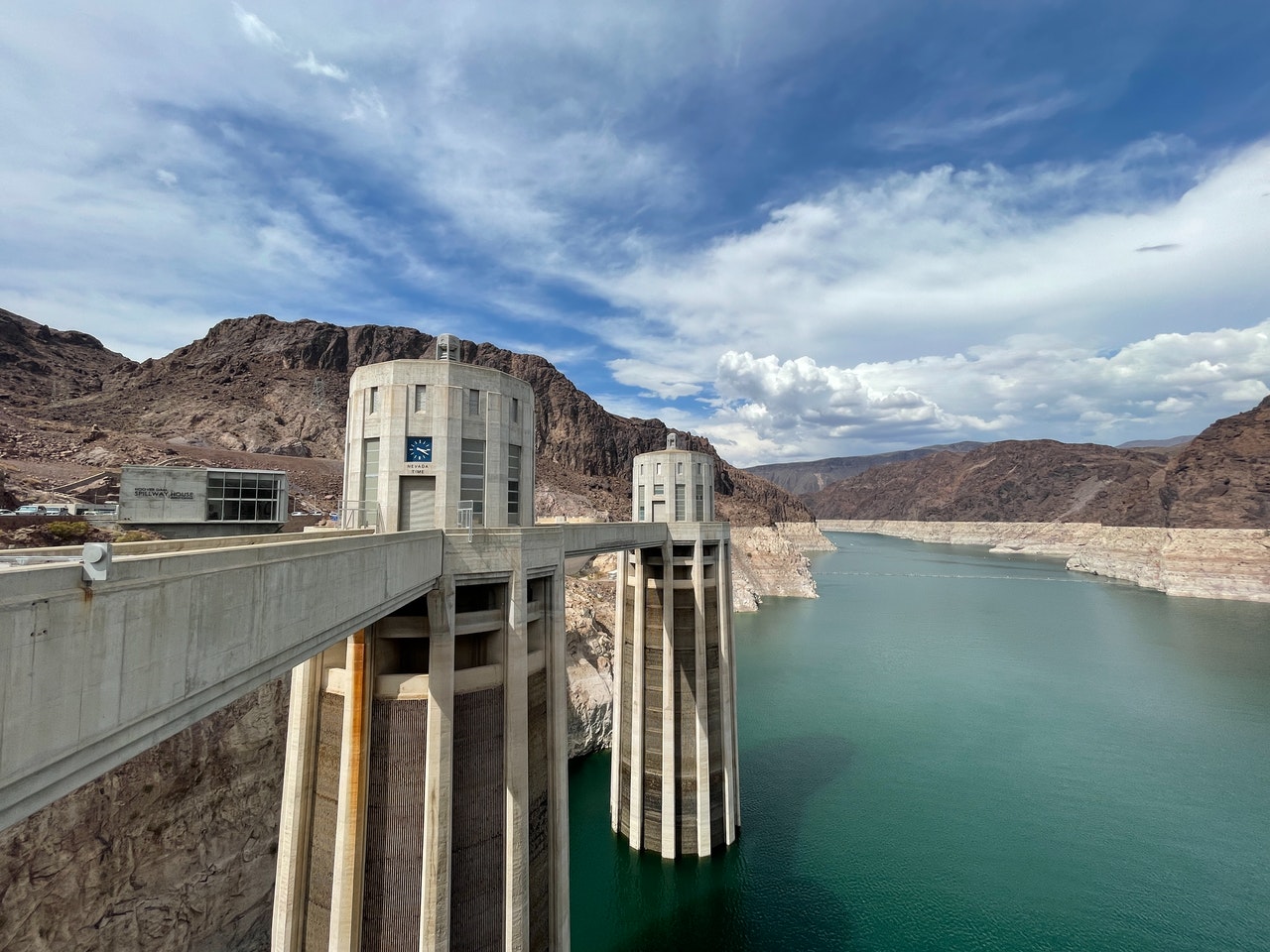During the last few years, we have witnessed some of the hottest months on Earth, and power grids flickered, causing massive power outages that shut down air conditioners, air purifiers, and oxygen plants. Such power outages present a new, potentially deadly risk to people worldwide – however, hydropower can significantly improve the situation.
Something called a pumped storage power plant can help. Created by connecting two reservoirs, one higher than the other, these units pump water up a slope, storing it in an upper reservoir, before releasing it down through a turbine that turns a generator and pumps the energy back into the grid.
These systems already provide 93% of the US grid-scale energy storage. In today’s hotter and more variable climate, they can replenish power during blackouts caused by heatwaves, hurricanes, or cyberattacks and keep the supply of renewable energy flowing when the sun goes down and the wind doesn’t blow. In short, they make the grid more sustainable.
Until now, there has been little evidence of where pumped storage power plants could be built in the United States. And while hydropower’s sustainable energy already complements other renewables, it’s not clear how it will support a future clean energy grid that will run on plenty of wind and solar power.
Now, two new reports from researchers at the National Renewable Energy Laboratory (NREL) are helping fill both data gaps. The first study identifies the facilities in the US that pumped storage power plants can support, as well as their cost and the amount of energy they can produce.
The second (soon to be published as a NREL technical report) uses this data set and additional resources to explore how cheap and flexible hydropower can support tomorrow’s electricity grid. The work was funded by the US Department of Energy’s Office of Hydropower Technology and is part of the Hydro Water Innovation for a Resilient Electricity System initiative.
Choosing where to install a wind turbine or solar panel is relatively simple. Is the wind strong and steady? Does the sun shine more often than not? If the answer is yes, this site can work. Installing a pumped-storage power plant is a little more complicated. You would need two large lakes, one high above the other, to store energy.
And, to build greener factories, none of them should be connected to the river. Finding sites that support these objects is difficult – at least not before. “With this map, people living in Wyoming can zoom in on the mountain range and see where the best places are,” said Stuart Cohen, a modeling engineer at NREL and co-author of both reports. “No one is producing a product of this scale and detail for the US.”
In 2017, the Australian National University developed a dataset of potential pumped storage hydroelectric sites around the world, identifying some 616,000 possible locations. Now, Cohen and a team of researchers have adapted the university’s original algorithm to generate more detailed geospatial data about potential sites in the US.
Researchers at the Australian National University and NREL had to make technical decisions beforehand. Every reservoir, for example, needs a dam. And both dams could have an infinite number of potential heights. “You can imagine,” Cohen said, “how this problem crumbles when you have an infinite number of options.”
To curb their data set, the NREL researchers locked in parameters such as dam height and storage duration, choosing, for example, a 10-hour energy storage duration because this tends to be more cost-competitive (in comparison, current batteries provide about 4 hours of energy storage).
The team searched the country for all possible locations using their geospatial algorithm. It then narrowed them down to a final list that considered additional technical, environmental, and economic considerations. To find the best location, any hydro enthusiast can sort and filter these sites by head height (difference in size between two reservoirs), energy intensity, and cost.

